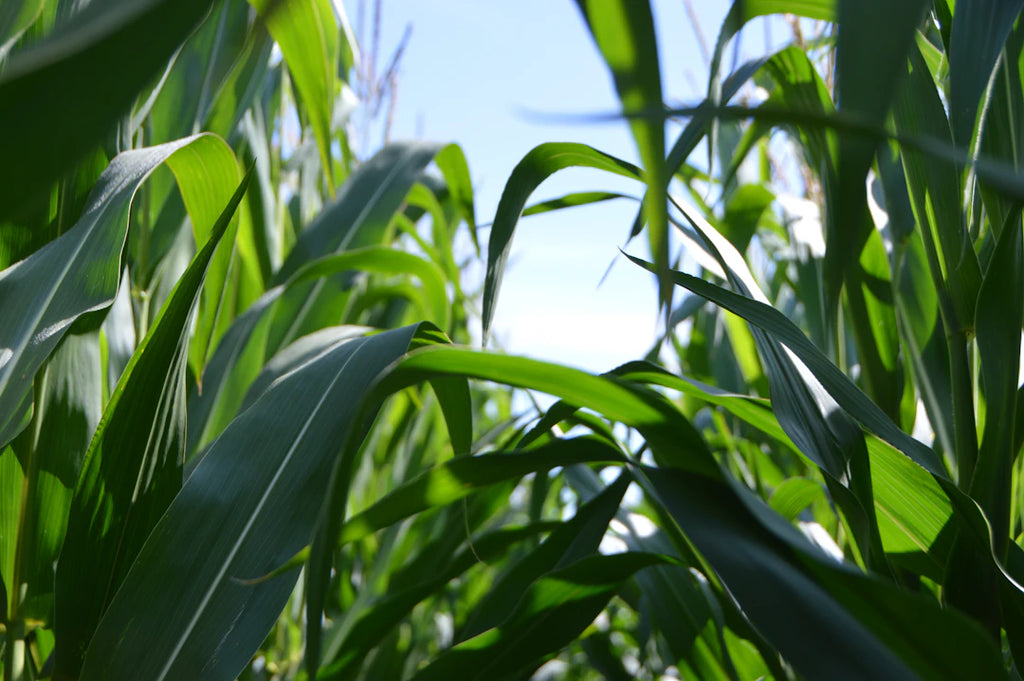The Environmental Impact of Tahitian Pearl Farming

Frequently Asked Questions
1. What are Tahitian pearls?
2. What are the environmental impacts of pearl farming?
3. How is the Tahitian pearl industry contributing to the economy?
4. What sustainable practices are being adopted in pearl farming?
5. How can consumers support sustainable pearl farming?
Tahitian pearl farming is a fascinating industry that not only produces beautiful jewelry but also plays a significant role in the economy of French Polynesia. However, like all agricultural practices, it comes with its environmental concerns. Understanding these impacts can help consumers make informed decisions and support sustainable practices in the pearl industry.
Understanding Tahitian Pearl Farming
Tahitian pearls, also known as black pearls, come from the black-lipped oyster, Pinctada margaritifera, which thrives in the warm waters of French Polynesia. The farming process involves the careful implantation of a nucleus, commonly a piece of shell, into the oyster, which triggers the secretion of nacre—a substance that forms the pearl over several years.
The Growth of the Tahitian Pearl Industry
Over the past few decades, the Tahitian pearl industry has grown significantly, becoming one of the main economic drivers in French Polynesia. The allure of these unique black pearls has attracted both tourists and pearl enthusiasts from around the world. While this growth has brought economic benefits, it has also strained the natural resources and coastal ecosystems in the area.
The Environmental Impacts of Pearl Farming
As pearl farming continues to expand, it is crucial to examine its environmental footprint. Here are some potential impacts:
1. Water Pollution
The water used for pearl farming can become polluted due to various factors, including:
- Feed Decomposition: Uneaten feed can accumulate on the seafloor, leading to nutrient overload and water quality issues.
- Waste Accumulation: Larger farming operations contribute to increased waste from oysters, which can affect local marine health.
- Use of Chemicals: Some farms use chemical treatments to protect oysters from diseases and parasites, which can leach into the surrounding waters.
2. Habitat Destruction
Tahitian pearl farms are often set up in coastal lagoons that are home to essential marine habitats such as coral reefs and seagrass beds. The construction of farming structures can lead to:
- Seabed Disruption: Direct disturbances to the seabed can harm local marine life and disrupt delicate ecosystems.
- Coral Bleaching: Increased sediment and pollutants can lead to coral stress and bleaching, threatening biodiversity.
3. Overharvesting and Biodiversity Loss
The demand for Tahitian pearls has sometimes resulted in excessive oyster harvesting. This can lead to:
- Biodiversity Reduction: A decreased population of wild oysters may impact other species that rely on them.
- Genetic Homogeneity: Intensive farming practices can reduce genetic diversity, making the oysters more vulnerable to diseases.
Positive Steps Towards Sustainability
While there are challenges associated with pearl farming, efforts are being made within the industry to mitigate environmental impacts. Some farms in French Polynesia have adopted sustainable practices and initiatives to protect their ecosystems:
1. Sustainable Farming Practices
Many pearl farmers are now focusing on sustainable methods that prioritize environmental health. Techniques such as:
- Integrated Multi-Trophic Aquaculture (IMTA): This method combines different species in farming, where the waste of one species becomes a resource for another.
- Organic Farming: Some farms exclude harmful chemicals and antibiotics, promoting a healthier environment.
2. Environmental Certifications
Certifications can help consumers identify sustainably farmed pearls. Organizations are emerging that evaluate and certify pearl farms based on their environmental practices. Look for certifications that endorse responsible farming and labor practices.
3. Community Involvement
Many pearl farms engage with local communities to promote awareness about sustainable practices. Education programs are essential to help locals understand the importance of protecting their unique marine environment, ensuring the long-term viability of the pearl industry.
The Role of Consumers in Promoting Sustainability
As consumers, our choices can directly impact the environment. Here are some ways to support sustainable pearl farming:
1. Do Your Research
Before purchasing Tahitian pearls, take the time to research the brand and its sourcing. Look for transparency regarding farming practices and sustainability initiatives.
2. Choose Sustainably Sourced Pearls
Whenever possible, opt for pearls that come from certified sustainable farms. By supporting these businesses, you're promoting eco-friendly practices.
3. Spread Awareness
Sharing information about the environmental impact and sustainability of pearl farming can help educate others and influence their purchasing decisions. Engaging discussions on social media platforms can also amplify awareness.
Your Role as an Informed Consumer
Purchasing Tahitian pearls is not just about acquiring beautiful jewelry; it's about making an informed choice that supports sustainable practices in French Polynesia. By being aware of the environmental impact of pearl farming, you can contribute to a more responsible and eco-friendly marketplace.
As the pearl industry navigates the waters of sustainability, your choices can lead to positive changes that preserve the beauty and ecology of this unique marine environment. The pearls we cherish not only reflect elegance but also the commitment to preserving nature for generations to come.

Laat een reactie achter